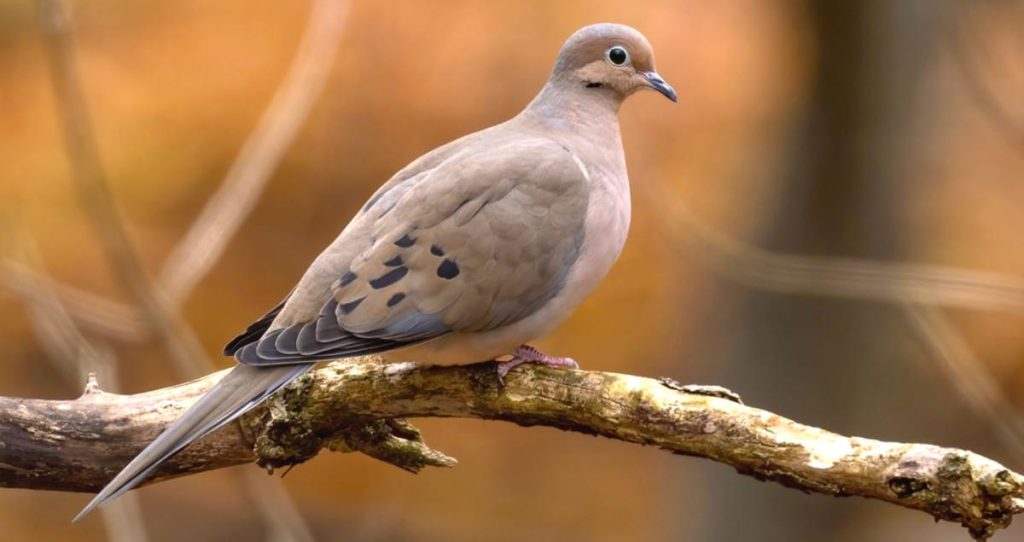Eurasian Collared Doves – Invaders or Colonizers?

Eurasian Collared Doves
Photo Credit – Cornell Lab of Ornithology
Recently, I was walking alongside my local creek-side in Northern California when I heard the purring sound of goo-Goo-goo, and strove to find out what it was. I discovered a pair of Eurasian Collared Doves sitting in a tree. Later, they descended to the ground, presumably to consume their diet of seeds and invertebrates. Looking back at my bird-spotting in the early 1960s in the north of England, I registered sighting a Eurasian Collared Dove, but I don’t know where. At the time, I was much more interested in the smaller Turtle Doves that nested among the woodlands on the moor where I grew up.
 Turtle Dove
Turtle Dove
Photo Credit – The Guardian
The turtle dove is a beautiful bird, not seen in the United States, and migrates between Africa and parts of Europe. Unfortunately, since 1996, it has been on the British red list of birds most at risk of extinction, and today, only about 2,100 pair breed in the U.K., down an estimated 98 percent since the 1970s. This species is described in more detail in Chapter 17 of my novel She Wore a Yellow Dress.
 Eurasian Collared Dove Range Map
Eurasian Collared Dove Range Map
Photo Credit – Birdwatching HQ
But let us return to the Eurasian Collared Dove. The species occupies a territory that has dramatically increased over the centuries, giving it a reputation for being one of the great avian colonizers. The bird probably originated in the Bay of Bengal region, but by the 1600s it had expanded its range to include European Turkey and the Balkans. From there, it spread rapidly north and west throughout Europe during the 1930s and 40s. The species first nested in Britain in 1955, and by the mid1960s, about 3000 were nesting. Today, the British population of Eurasian Collared Doves is around 250,000 pairs. There is no clear explanation for this colonialism. Possibly it is genetic; it has dominantly been westwards, and climate – such as cold and the amount of rainfall – appears to affect it.
 Mourning Dove
Mourning Dove
Photo Credit – Cornell Lab of Ornithology
The Eurasian Collared Dove is medium-sized, a little larger than a Mourning Dove, pale, pinky-brown/gray, has a distinctive black half-neck collar edged in white, and its eyes are deep red. The two sexes are virtually indistinguishable. In the United States, a similar population explosion has occurred.
The species was first resident in the Americas during the mid1970s after about 50 birds escaped from a pet shop in the Bahamas, and presumably made its way to Florida. A burglary freed the first group, and the shop owner released the remainder. A few more may have found their freedom in 1976 when 72,000 inhabitants of Guadeloupe Island had to evacuate because of seismic activity. Today, in the United States, the Eurasian Collared Dove is broadly distributed across western, central, and southern states but not across the northeast. It is strongly dispersive, meaning it will move long distances from its birthplace but does not migrate. It is a chronic breeder and spreads prolifically. Studies in the United States indicate an annual population growth of 13 percent.
But despite arriving here by its own means, it is still considered invasive and a non-native species that possibly competes for food with native species. However, studies do not yet show a negative impact on populations of native birds. People hunt it for food and sport. I wonder about the fairness of this treatment, but then consider other introduced species, such as the House Sparrow, Starling, Rock Pigeon, and Mute Swan, and the damage they have caused.
 Nine Invasive Birds of California
Nine Invasive Birds of California



